Millions of migrants are expected to be displaced across the country to escape rising sea levels, drought, flooding, wildfires and hurricanes.
With the Midwest having less severe environmental issues, migrants may find this more appealing, which raises concern about the impact on state resources.
Climate Migration
Migration Projections in Illinois
The state of Illinois does not provide resources for residents who may have had to relocate here due to climate change, or are experiencing hazards caused by it.
There is little documentation of climate change planning and action in Midwest cities and rural communities, as reported by the 2018 Fourth National Climate Assessment.
Chicago Metropolitan Action Planning’s (CMAP) socioeconomic forecast was released in Fall 2022, however there were no clear indications of population growth or projected growth due to climate migration.
Brain Daly, senior planner for CMAP, said the uncertainty around exactly what kind of impact climate change will have on the state is hard to anticipate, especially when determining where flooding or migration might take place.
“We don’t have that luxury with climate change,” Daly said.
CMAP’s approach to resilience planning is to “stress that climate change is big and complicated, and it’s going to create a lot of changes,” Daly said.
Climigration in Midwest
Other Midwestern states are becoming home to climigrants, including Wisconsin, Minnesota, Michigan and Ohio.
Paul Linzmeyer, board member at Superior Bio-Conservancy in Wisconsin, is working on a project addressing internal U.S. climate migration.
Linzmeyer said, for example, sewer systems in the Green Bay area were designed on a 1965 model.
“When looking at the Great Lakes as a whole, we need to think about how we are going to handle it in a way that’s sustainable, and in a way that’s going to accept all of the things we did wrong in the past,” said Linzmeyer.
Communities at-risk
Marginalized Communities
Marginalized communities are affected most by the plight of climate change, particularly low income residents.
Underserved communities usually do not have resources to move, said Katherine Bunting-Howarth, associate director of People on the Move in a Changing Climate (PEMOCC).
People on the Move is a project bringing people from different regions in the country together to collectively address how these communities can prepare for expected climate change effects and population growth due to climate change.
“There’s no such thing as a climate refugee,” Bunting-Howarth said. “Folks that move because of climate change don’t have refugee status.”
Bunting-Howarth said there is “definitely a need in the Great Lakes region for research that focuses on collaboration when working with marginalized communities.”
Great Lakes Region
Stuart Carlton, assistant director of Illinois-Indiana Sea Grant, said they are working with CMAP to address water affordability for low-income communities.
Illinois-Indiana Sea Grant is also studying the economic benefits of water quality improvements in Waukegan Harbor, one of the 43 areas of concern in the Great Lakes region.
“Someone is working directly with the community to help facilitate this conversation between the community and the EPA to make sure everyone has a voice,” Carlton said.
Based on climate migration, Carlton said a lot of the problem is the people working together, like researchers, city planners, and lawmakers, all have different interests, incentives and needs.
“[They’re] not always speaking the same language. Translating from science to action and from science to policy making can be very challenging,” Carlton said.
Climate Change in Illinois
Due to climate change, Illinois has been experiencing more extreme weather, particularly intense rainfall.
Trent Ford, Illinois State climatologist, said the stormwater systems are inundated and flooding occurs in areas that are predominantly outside flood plans.
“We don’t have infrastructure to deal with flooding,” Ford said.
Ford said another issue that arises is changing lake levels, as it creates problems for coastal communities.
“Transitioning from high to low lake levels can really create problems with emergency response, with bringing in resources,” Ford said. “You’re sort of having to split resources.”
Ford said Illinois Emergency Management Association (IEMA) is trying to focus on how to handle multiple, concurrent hazards, even if they’re operating in different time scales.
Contaminated water
Increased rainfall can result in increased phosphorus, resulting in increased algae blooms, which could result in increased cases of microcystin, said Christopher Korleski, director of the EPA’s Great Lakes National Program, Region 5.
Microcystin is a toxin that is released by some species of blue-green algae, or cyanobacteria, and can affect the liver.
“That’s not a hypothetical scenario because that’s exactly what happened back in 2014 in Toledo,” Korelski said. “I will say that Toledo is now buttoned up and they have the treatment that can treat microcystin, so the populous is no longer at risk.”
Water technology solutions
To improve and manage water quality, water quantity and water delivery, CurrentWater is developing a water monitoring campaign called H2NOW, for the Chicago River.
Alaina Harkness, executive director for CurrentWater, said it is not a requirement to provide real-time data about water contaminants to the public.
Harkness said fecal coliform, microplastics, heavy metals and PFOA are present in Chicago waterways.
People need to understand that “intense rainfall is a big deal” and they need to understand how this is impacting our river, Harkness said.
“That is really important in shaping and influencing public regulation,” Harkness said.
Resource depletion
Due to an increase in municipal and industrial demand, water availability from underground sandstone aquifers in Chicago’s Southwestern Suburbs is in jeopardy, according to the Illinois State Water Survey (ISWS) Prairie Research Institute in 2017.
“The state of Illinois needs increasing attention to this problem,” said John A. Andersen, founder and president of Greenleaf Advisors and Communities.
Andersen, a partner with the University of Illinois at Urbana-Champaign, and a founder of Center for Urban Resilience for Environmental Sustainability (CURES), said he has done deep research into the benefits of putting a price on carbon and having a dividend plan in the US.
Andersen said implementing a carbon tax, which elevates the price of products produced of fossil fuel origin to reduce competitiveness, is an approach to charge fossil fuels at the source.
“[There’s not one] yet in Illinois, one has been recommended and proposed by Sen. [Dick] Durbin,” Andersen said.






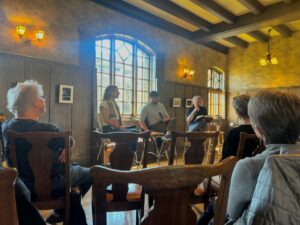
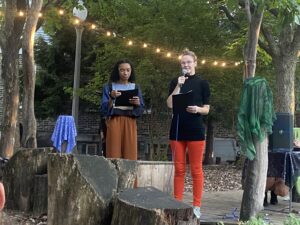

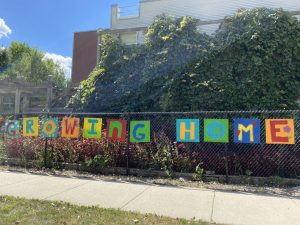
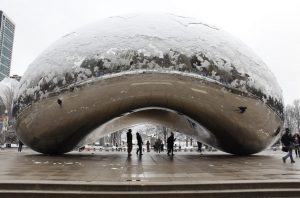

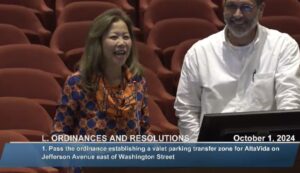
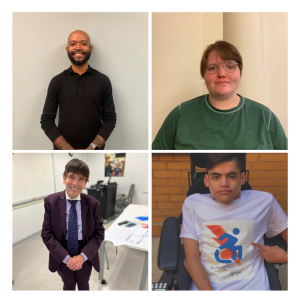



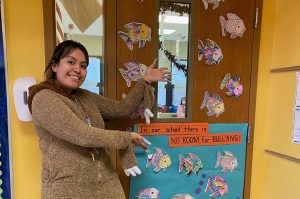



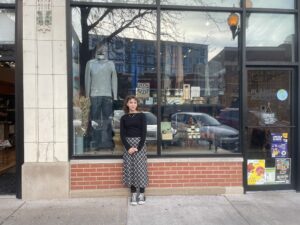


Be First to Comment